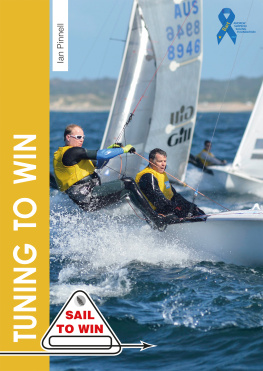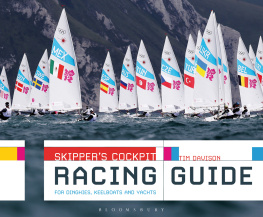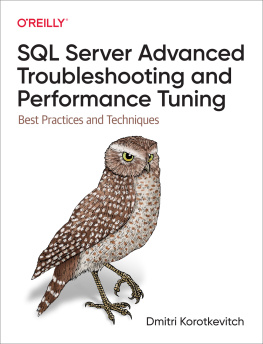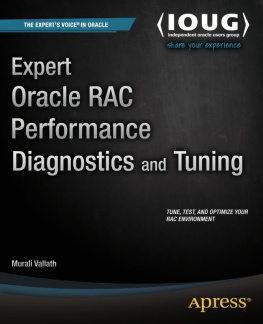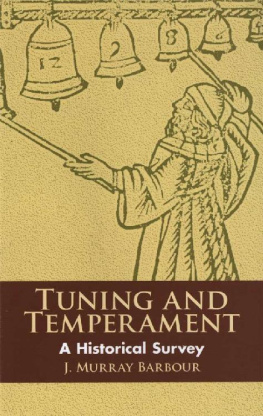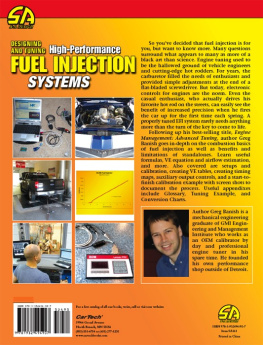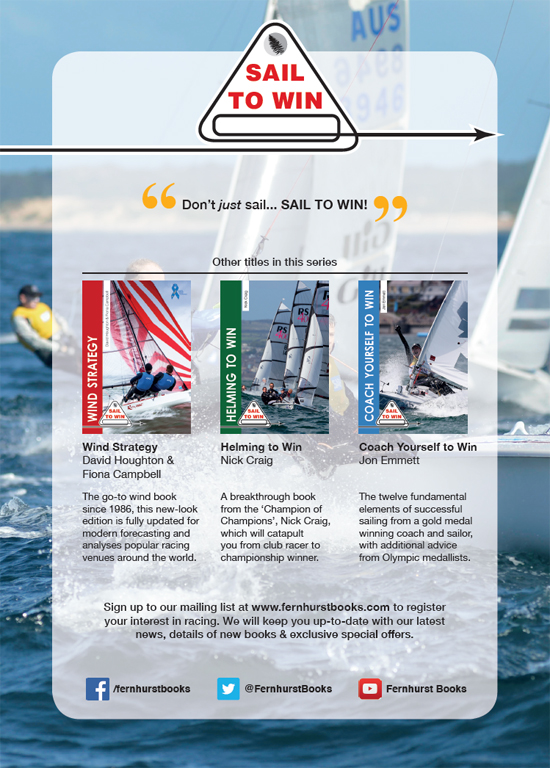
CONTENTS
PART 1
PART 2
PART 3
Copyright 2016 Fernhurst Books Limited
62 Brandon Parade, Holly Walk, Leamington Spa, Warwickshire, CV32 4JE, UK
Tel: +44 (0) 1926 337488 | www.fernhurstbooks.com
All rights reserved. No part of this publication may be reproduced, stored in a retrieval system or transmitted, in any form or by any means, electronic, mechanical, photocopying, recording, scanning or otherwise, except under the terms of the Copyright, Designs and Patents Act 1988 or under the terms of a license issued by The Copyright Licensing Agency Ltd, Saffron House, 6-10 Kirby Street, London EC1N 8TS, UK, without the permission in writing of the Publisher.
Designations used by companies to distinguish their products are often claimed as trademarks. All brand names and product names used in this book are trade names, service marks, trademarks or registered trademarks of their respective owners. The Publisher is not associated with any product or vendor mentioned in this book.
This publication is designed to provide accurate and authoritative information in regard to the subject matter covered. It is sold on the understanding that the Publisher is not engaged in rendering professional services. If professional advice or other expert assistance is required, the services of a competent professional should be sought. The Publisher accepts no responsibilty for any errors or omissions, or for any accidents or mishaps which may arise from the use of this publication.
A catalogue record for this book is available from the British Library
ISBN 978-1-909911-48-2 (paperback)
ISBN 978-1-909911-81-9 (eBook)
ISBN 978-1-909911-82-6 (eBook)
All photographs Fernhurst Books Limited or Pinnell & Bax, except:
p15 (right) Selden; p19 (right) Mark Dunkley; p53, 62, 67 Lee Whitehead; p60, 64, 66, 68, 73 Tim Olin; p76, 77 (left) Alistair Mackay; p79 Tom Gruitt
Front cover photograph Christophe Favreau
Designed by Rachel Atkins
Illustrated by Maggie Nelson
FOREWORD
Whether you race an Optimist, Laser, Finn, Star or Americas Cup foiling catamaran (or anything in between) there are two things that will determine your results: the skill of the sailors and the way your boat is set up. The former is determined by latent talent and training, the latter is more complex. Tuning a boat to give you maximum boatspeed is not easy. There are so many variables to consider it is multidimensional.
In my sailing career I have been lucky enough to work with the best. Pre-eminent among them is, of course, Andrew Bart Simpson. As Bob Fisher stated in his obituary in The Guardian:
All sailors have their specialities: Simpsons extended from his search for speed into the nuts and bolts of how it might be obtained. His meticulous boat preparation was second to none... Simpson spent many hours working on their Star and was rewarded with unsurpassed boat performance.
It is only fitting that this new book in the Sail to Win series, about boat tuning, is supporting the Andrew Simpson Sailing Foundation.
Ian Pinnell, who has won more championships than most of us can dream of, explains with clear text, photographs and diagrams how to tune your dinghy for maximum boatspeed. Once you have that, you can concentrate on your own performance.
Good luck!
Iain Percy
2 x Olympic gold medallist, 1 x Olympic silver medallist, 3 x World Champion, 3 x Americas Cup challenger
TUNING
TO
WIN

IAN PINNELL
MULTIPLE CHAMPION, SAILMAKER & CHANDLER
Ian Pinnell first learnt to sail at Dorman Long Sailing Club on Teeside aged 10 in 1971. He progressed to Tees Sailing Club, began winning races and became a sailmaker at Storrar & Bax. This business started off in Newcastle and then moved to Northampton and was renamed Pinnell & Bax.
The business has moved from initially being a sailmaker to now having five departments: manufacturing & sailmaking, shop & mail order, repair, rigging and new boats.
Ian has been winning championships since the early 1980s and is continuing to do so over 30 years later. He has over 40 World, European or National Championship titles to his name in classes as diverse as the Enterprise, 505 and Mumm 30.
World Championships
Enterprise (x 4)
Fireball (x 2)
European Championships
505 (x 3)
Fireball (x 5)
National Championships
505 (x 11)
Enterprise (x 2)
Fireball (x 8)
Miracle (x 2)
Mumm 30 (Tactician) (x 2)
National 12 (x 2)
Ian was co-author of Helming to Win with Lawrie Smith in the original Sail to Win series. He is the only sailor to have written a book in both the original and new series, confirming his longevity at the top of dinghy sailing.
INTRODUCTION
Boatspeed is a vital ingredient in winning, but many races are won by only a few boat lengths or seconds. Given that most dinghy races last somewhere between 30 minutes and an hour, you are talking about tiny difference in boatspeed. A 30-second lead in a 30-minute race only equates to the winner going less than 2% faster than the other boat!
We are talking about fine margins here and small changes to your boats tuning can easily make that sort of difference to your boatspeed.
This book will help you understand how the rig and foils generate boatspeed. It will show you how to alter the controls to power up or down, depending on wind strength, and how to alter the rig for upwind and downwind sailing. In short, it aims to give you blinding speed and get you pointing so high that you never need to sail on port tack!
The book is organised into three parts:
Part 1: Getting Ready
Focussing on what needs to be done or known before you start tuning, this section begins with how to assemble a hull, foils and gear so that you have compatible kit to tune. Every bit of standard rigging (the things you set up ashore) is then explained, moving onto the effects of the control lines (the ropes you tweak as you sail round the course).
Not every type of boat will have all the equipment and controls described here, but that doesnt matter, you can just learn how to use the ones that you do have!
Part 2: Tuning
The second part of the book covers boat tuning itself, beginning with the initial set up (which is always for light wind beating), and going on to modifying this set up for beating in medium and strong winds, along with information on reaching and running.
A section on two boat tuning details how you can refine your settings even further, and a dedicated troubleshooting section will help pull you back from the brink when its all gone horribly wrong.
Part 3: Skills
The last section of the book covers all the skills you need to make the boat work, be it splicing control lines, replacing a slot gasket or threading a new halyard through the mast.
Armed with this knowledge you will have the confidence to get in the groove right from the start, be able to concentrate on all the other things that need your attention in a race, and work your way up the leaderboard!
Next page
